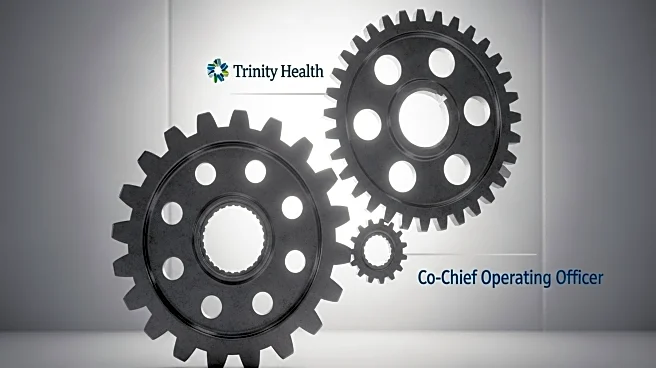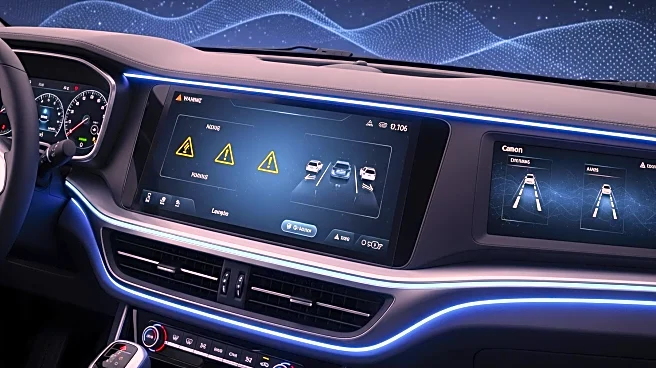What is the story about?
What's Happening?
Fleet safety is being prioritized through the implementation of advanced driver assistance systems (ADAS) and comprehensive driver training programs. Industry leaders are focusing on spec'ing vehicles with safety features such as collision mitigation, lane departure warnings, and adaptive cruise control. These systems are designed to assist drivers in maintaining safe driving practices. Additionally, ongoing driver training is emphasized to reinforce safe driving habits, including defensive driving and minimizing distractions. The use of telematics data is also being leveraged to coach drivers by providing concrete information on driving behaviors, such as hard braking. Incentives for safe driving practices are being introduced, along with public recognition for achieving safety milestones. Maintenance of vehicles is another critical aspect, ensuring that safety-related issues are addressed promptly.
Why It's Important?
The emphasis on fleet safety has significant implications for the transportation industry, potentially reducing accidents and enhancing operational efficiency. By investing in advanced safety systems and driver training, companies can mitigate risks associated with road incidents, which can lead to financial savings and improved public perception. The use of telematics data allows for targeted coaching, which can improve driver performance and safety outcomes. Incentivizing safe driving practices not only boosts morale but also fosters a culture of safety within organizations. Ensuring vehicle maintenance compliance further supports the goal of minimizing safety risks, contributing to overall fleet reliability and customer satisfaction.
AI Generated Content
Do you find this article useful?














